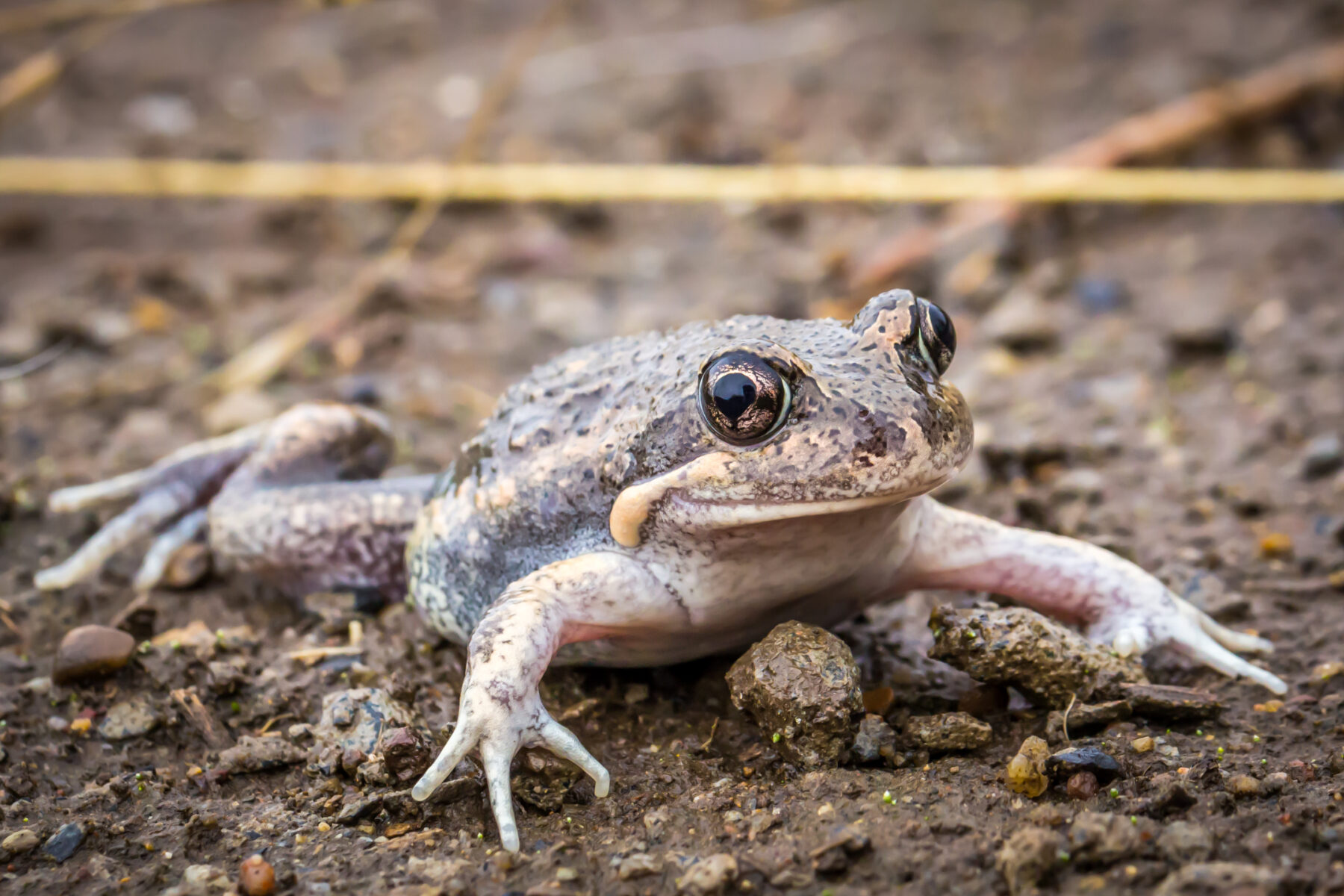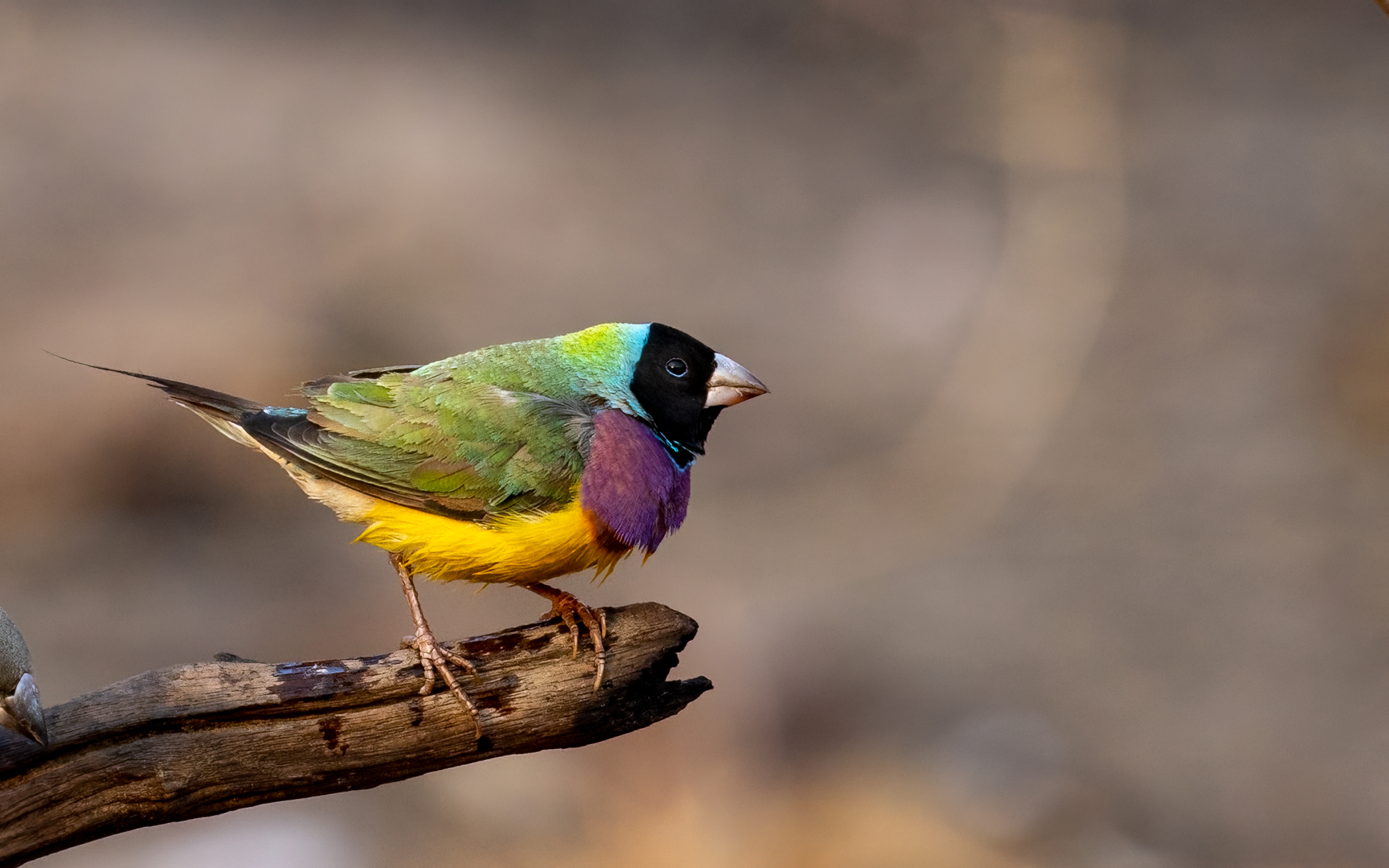| Common name | Pobblebonk |
| Scientific name | Limnodynastes dumerilii |
| Type | Frog |
| Diet | Insects, worms, spiders |
| Average lifespan | Possibly up to 10 years |
| Size | Adults grow to a length of 5–8.5cm |
The distinctive call of this large frog, known as the pobblebonk, is a common sound at night after rain in much of south-east Australia, where it lives near wetlands, rivers, and other permanent water bodies.
Many people liken its call to the sound of a string being plucked on a musical instrument, which has led to another of its common names – the banjo frog. This particular species is the eastern banjo frog. But it has a close relative found in the south-west corner of Western Australia – the western banjo frog (Limnodynastes dorsalis) – that is common around Perth and is also called a pobblebonk because of the distinctive call it makes after rain.
Pobblebonks are endemic to Australia and the eastern species, which has five forms (sub-species), is found across Victoria, the ACT, eastern NSW and up to the south-east corner of Queensland.

Although they prefer to live near permanent water, where they breed, pobblebonks can handle dry times when they need to by burrowing underground. They do this by digging backwards into the soil using their hind legs, which are specially adapted for the purpose by being particularly strong and equipped with a shovel-shaped toe on each back foot.
With the first few drops of rain, pobblebonks will dig their way out and appear back on top of land, where the males call loudly to attract the attention of females, which travel from up to a kilometre away when they hear that distinctive call. Males will even begin to call from underground just as it starts raining, even before they have had a chance to emerge from their burrows.
Each female lays up to 4000 eggs. The eggs will float in a frothy raft created by the female beating by her legs at the water’s surface.








